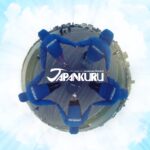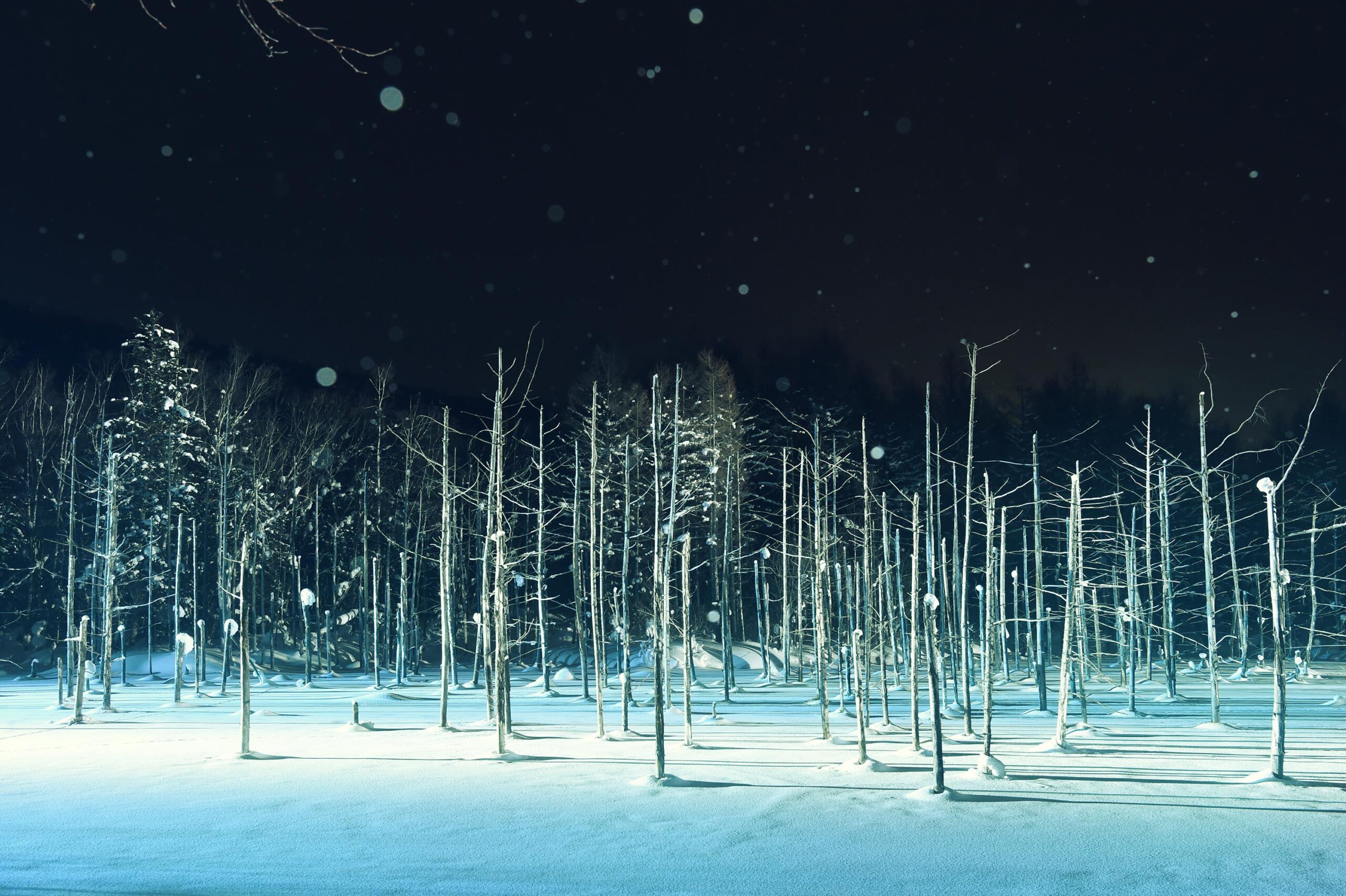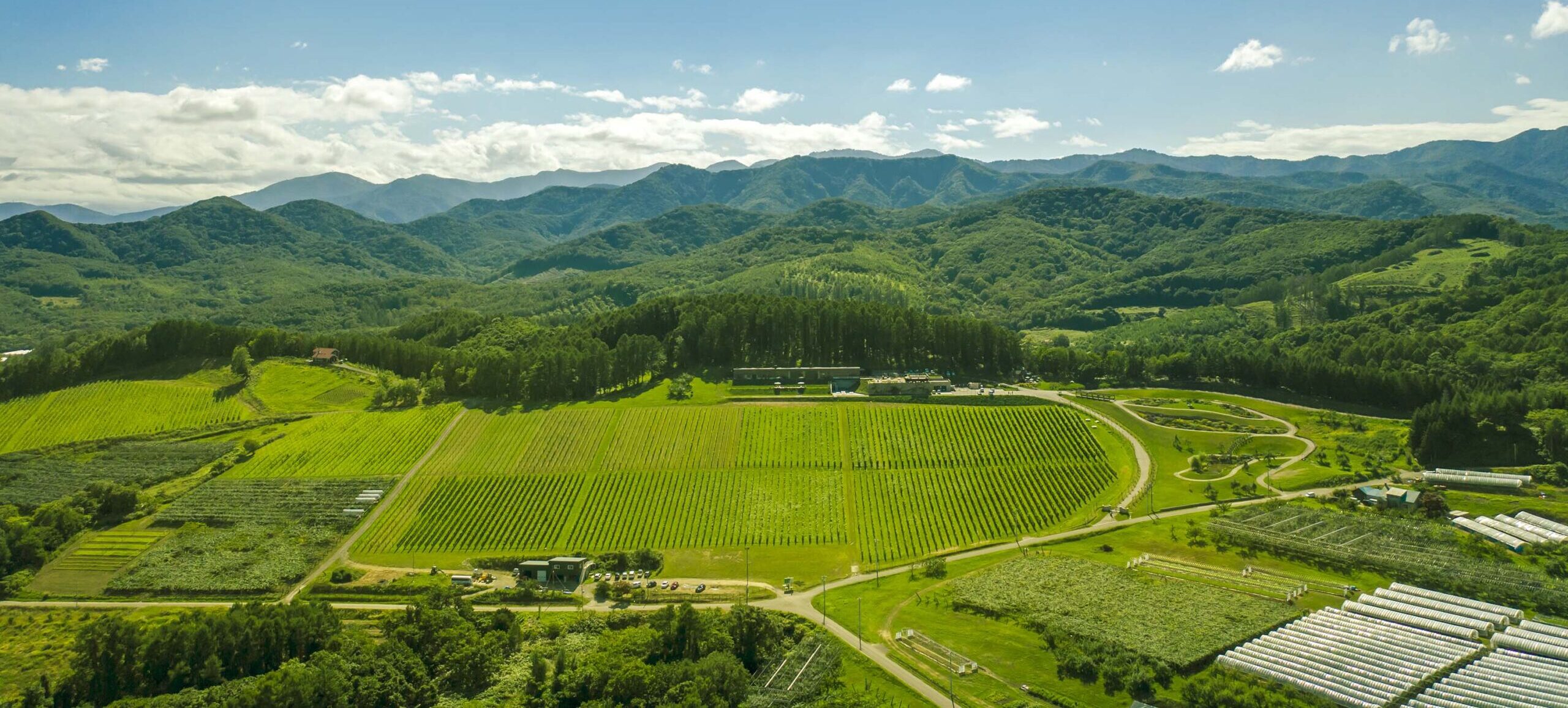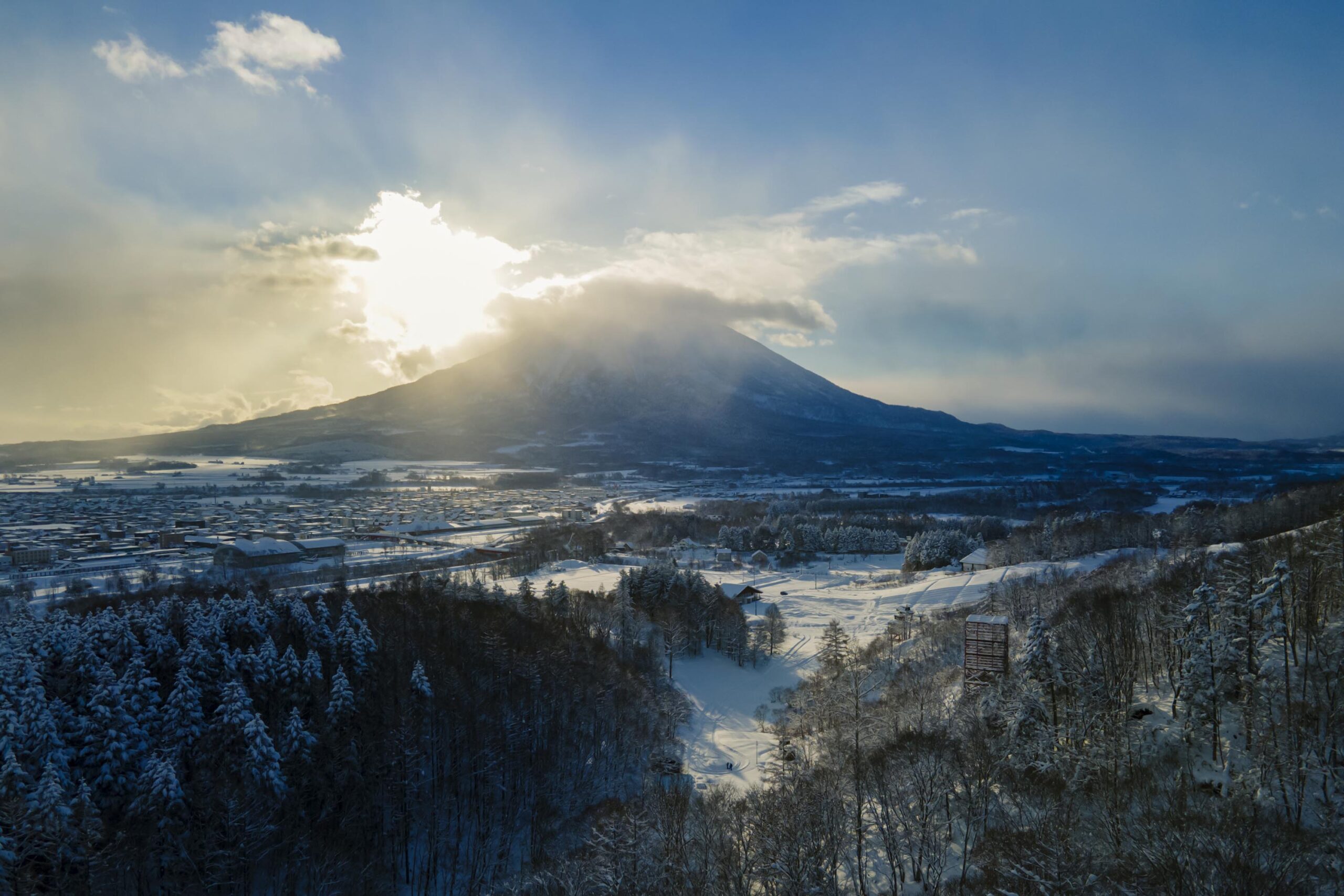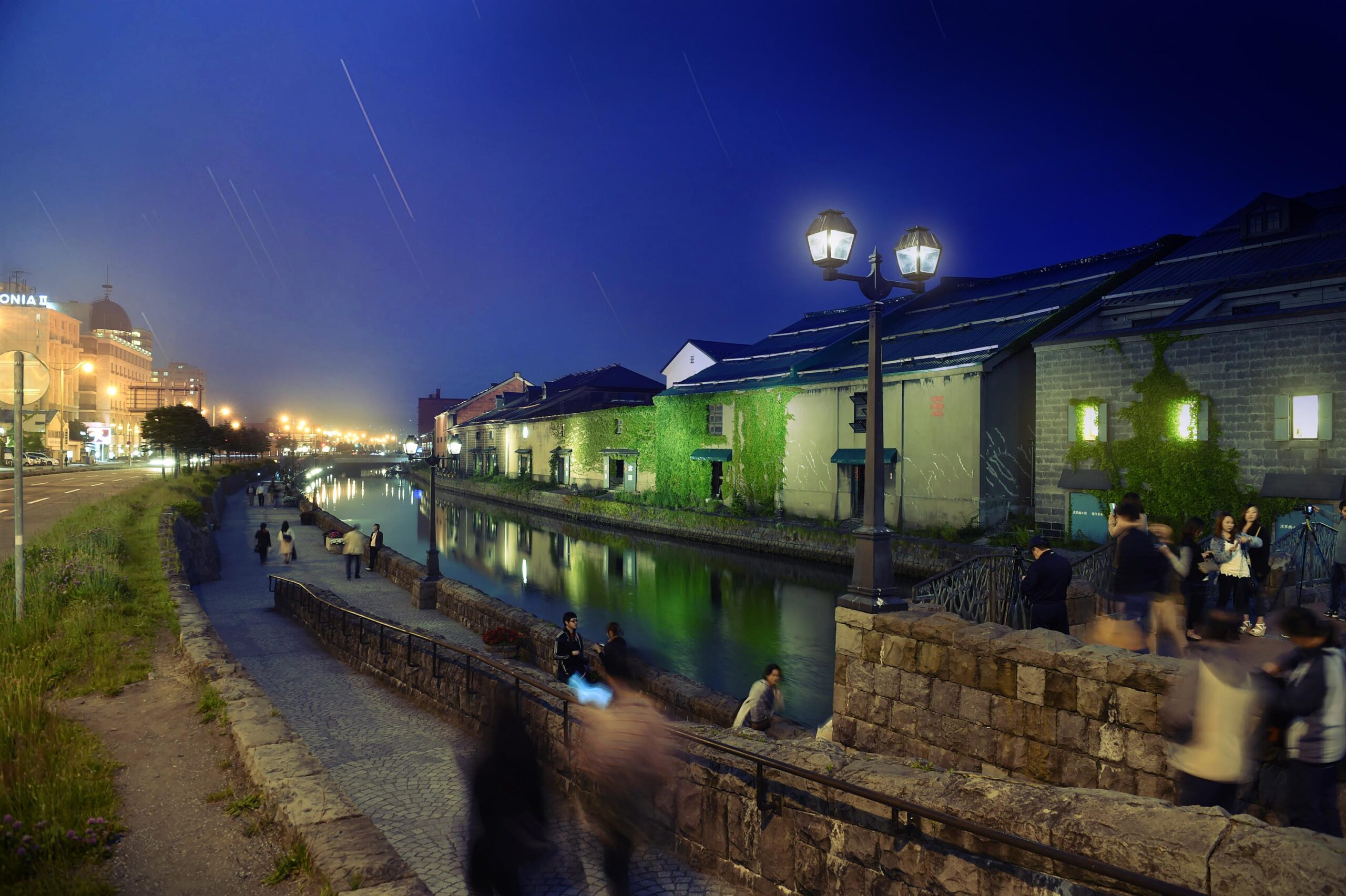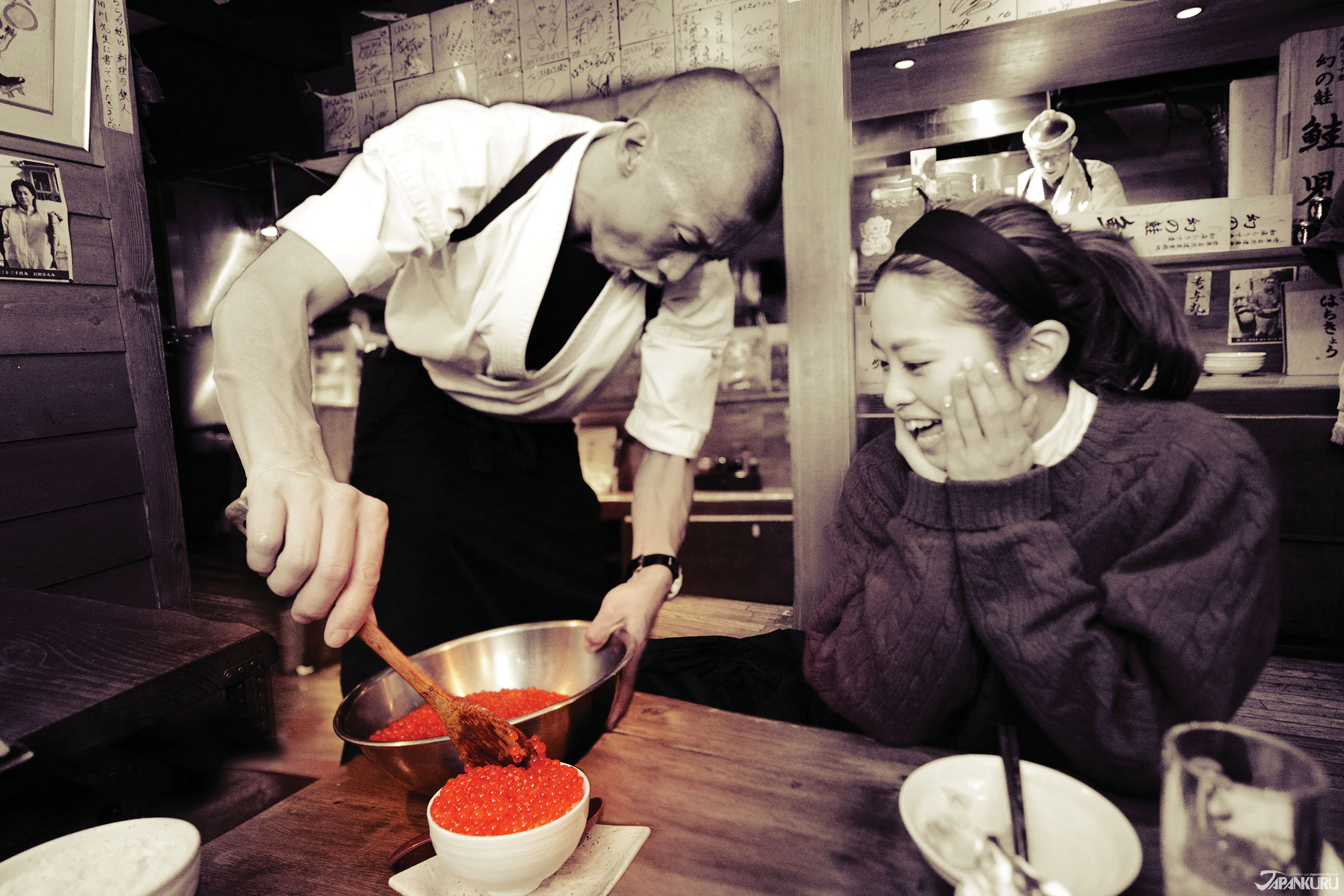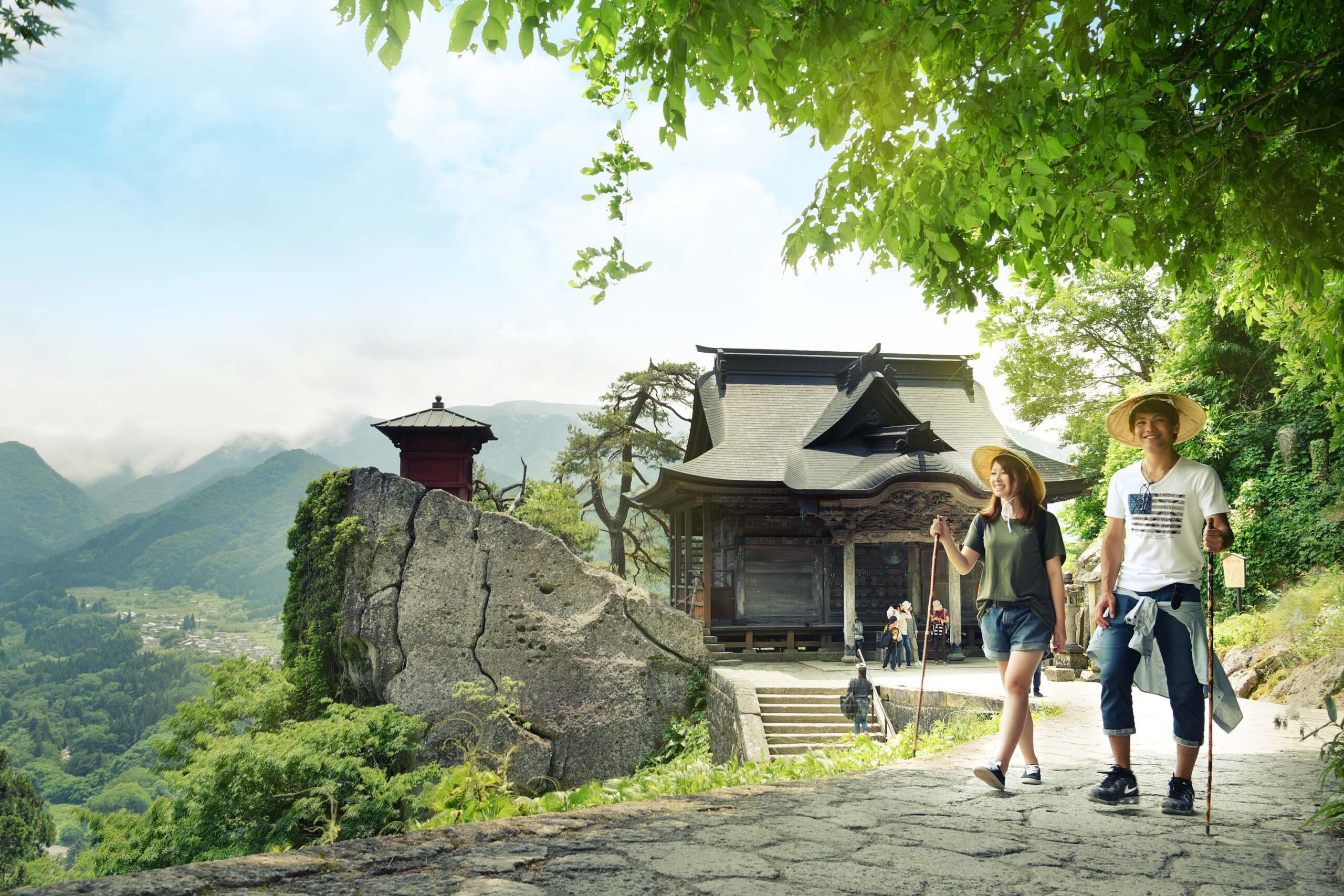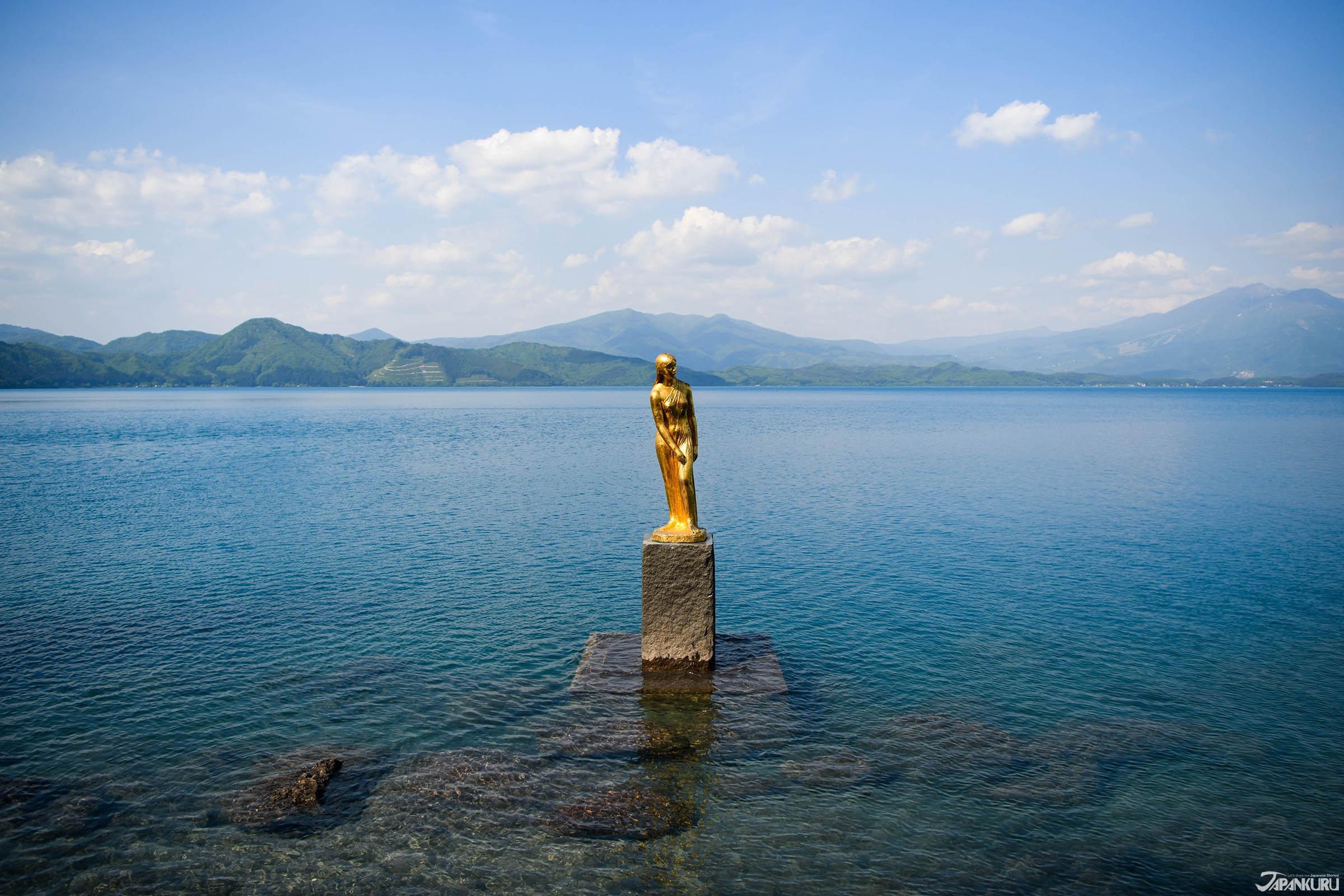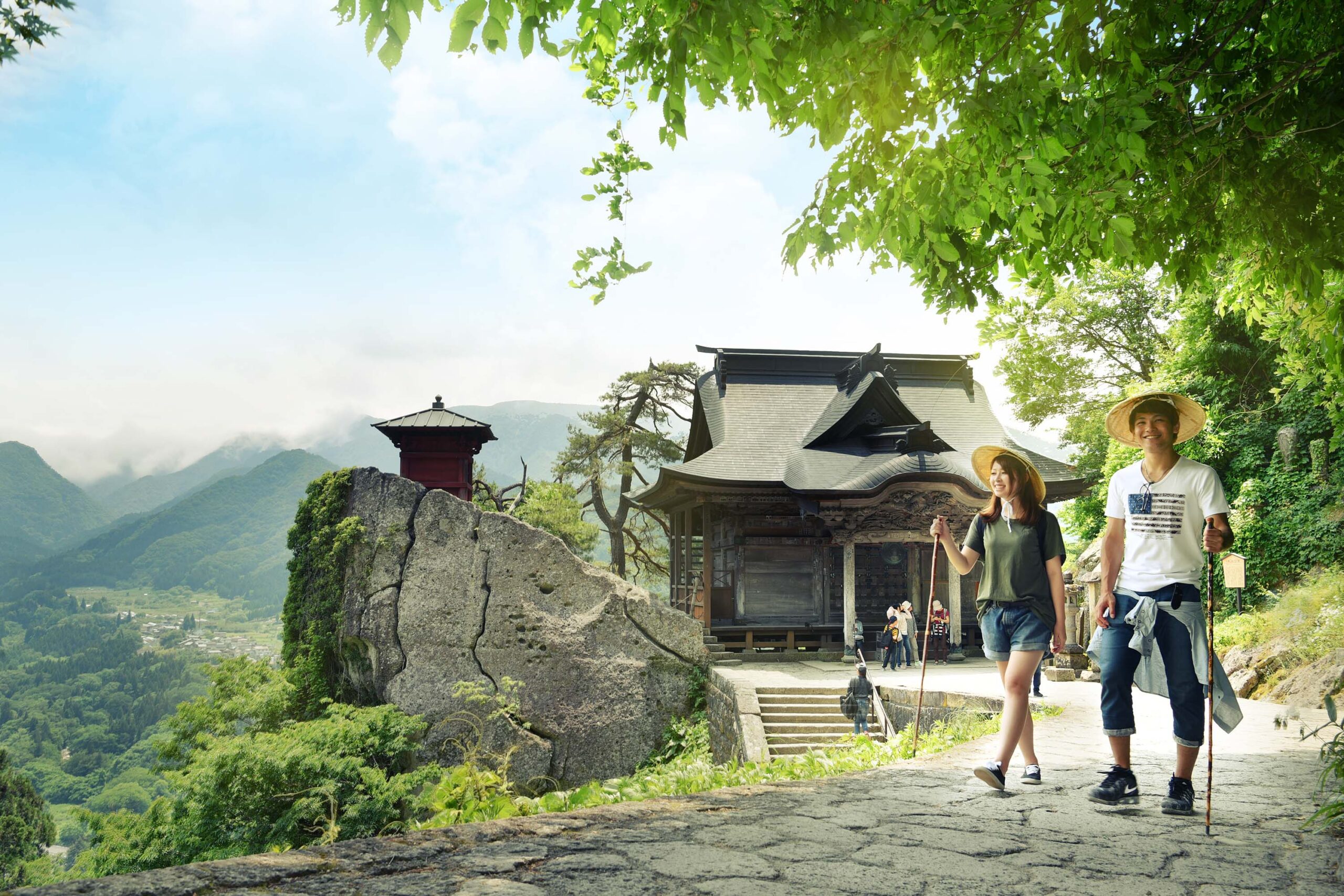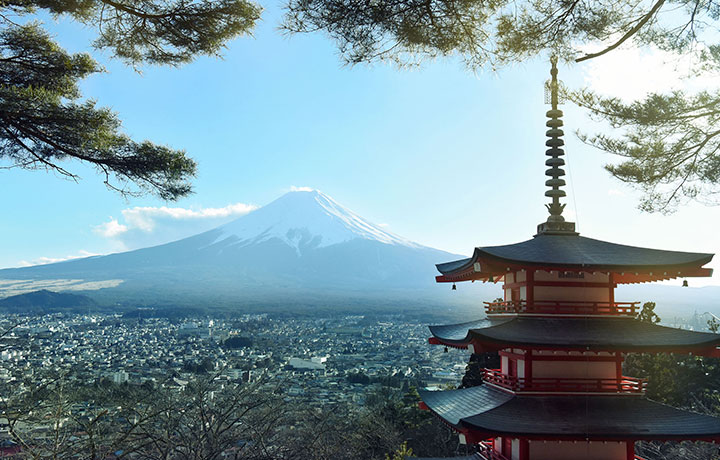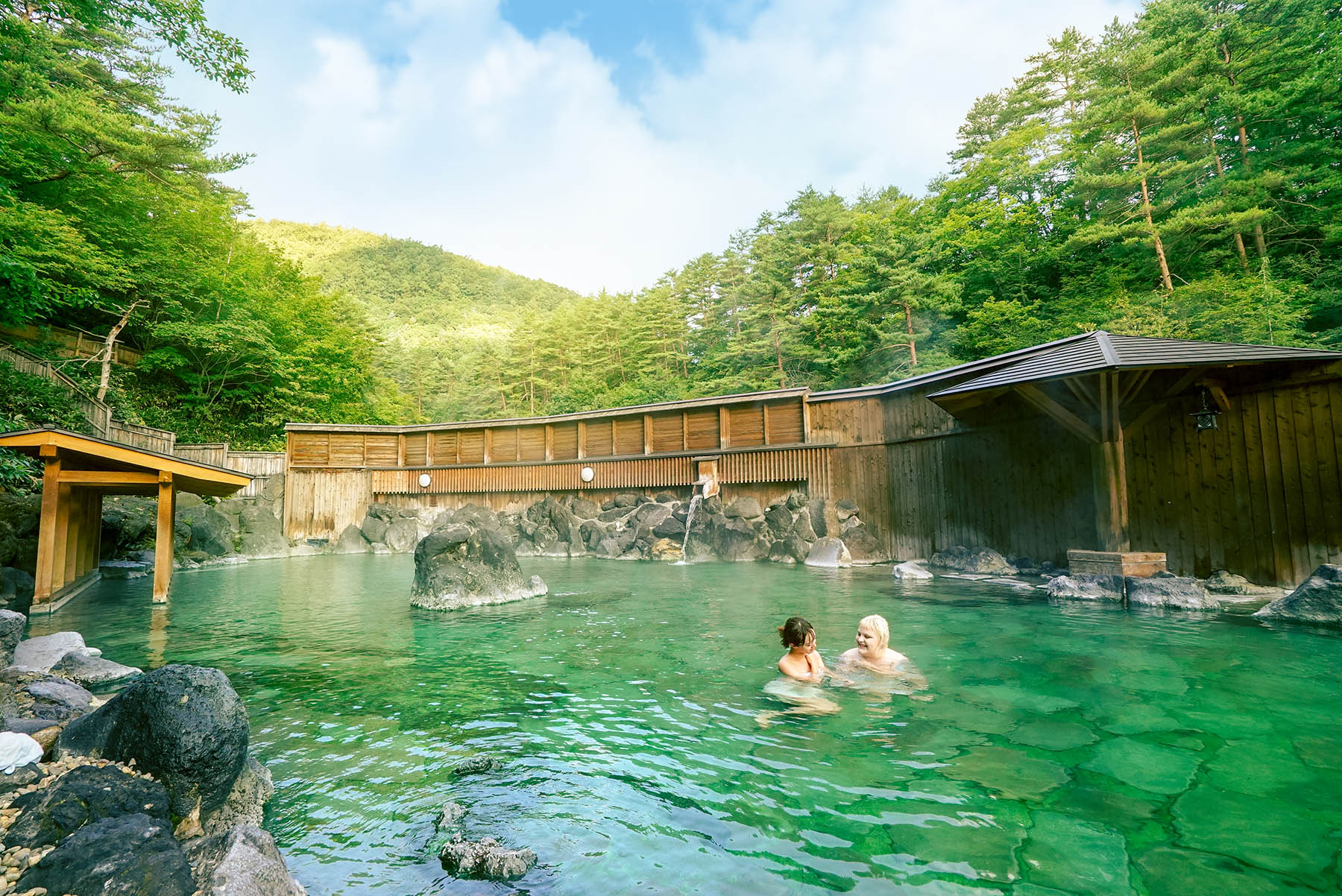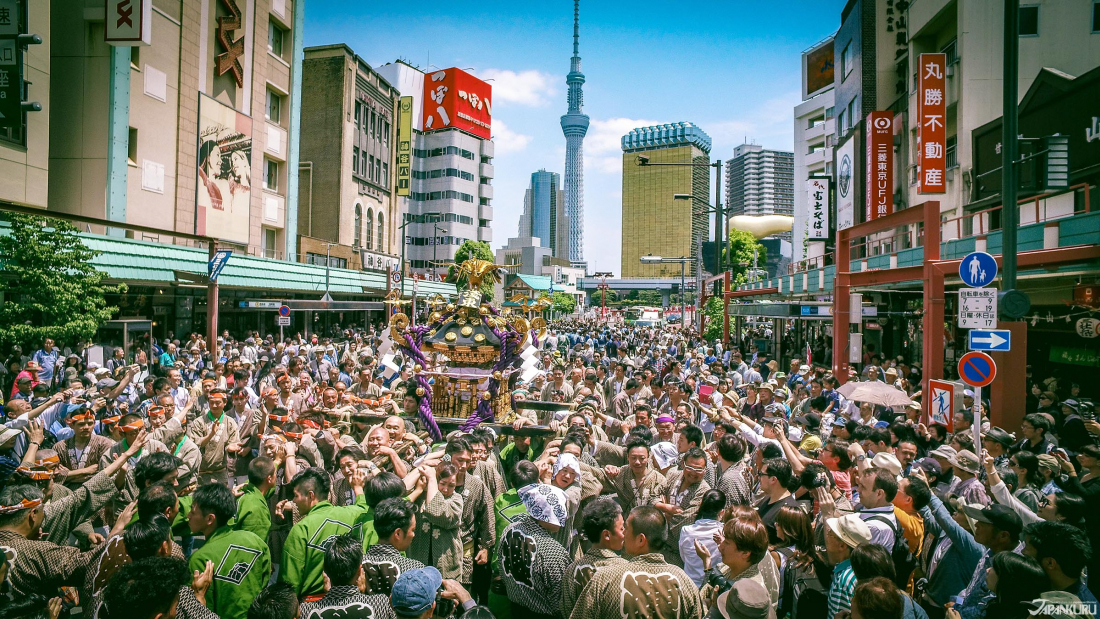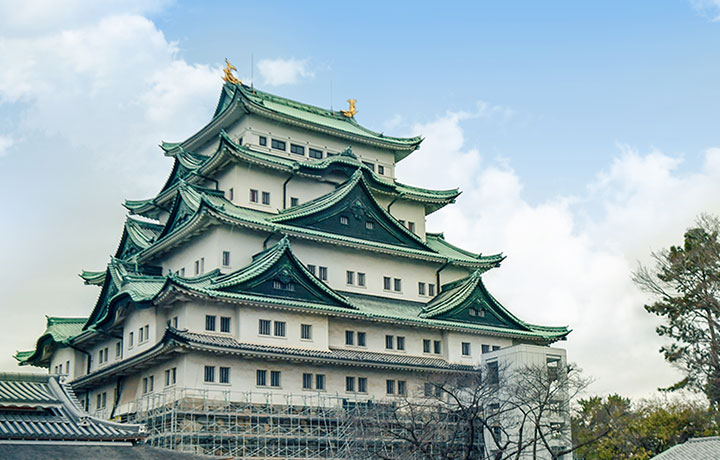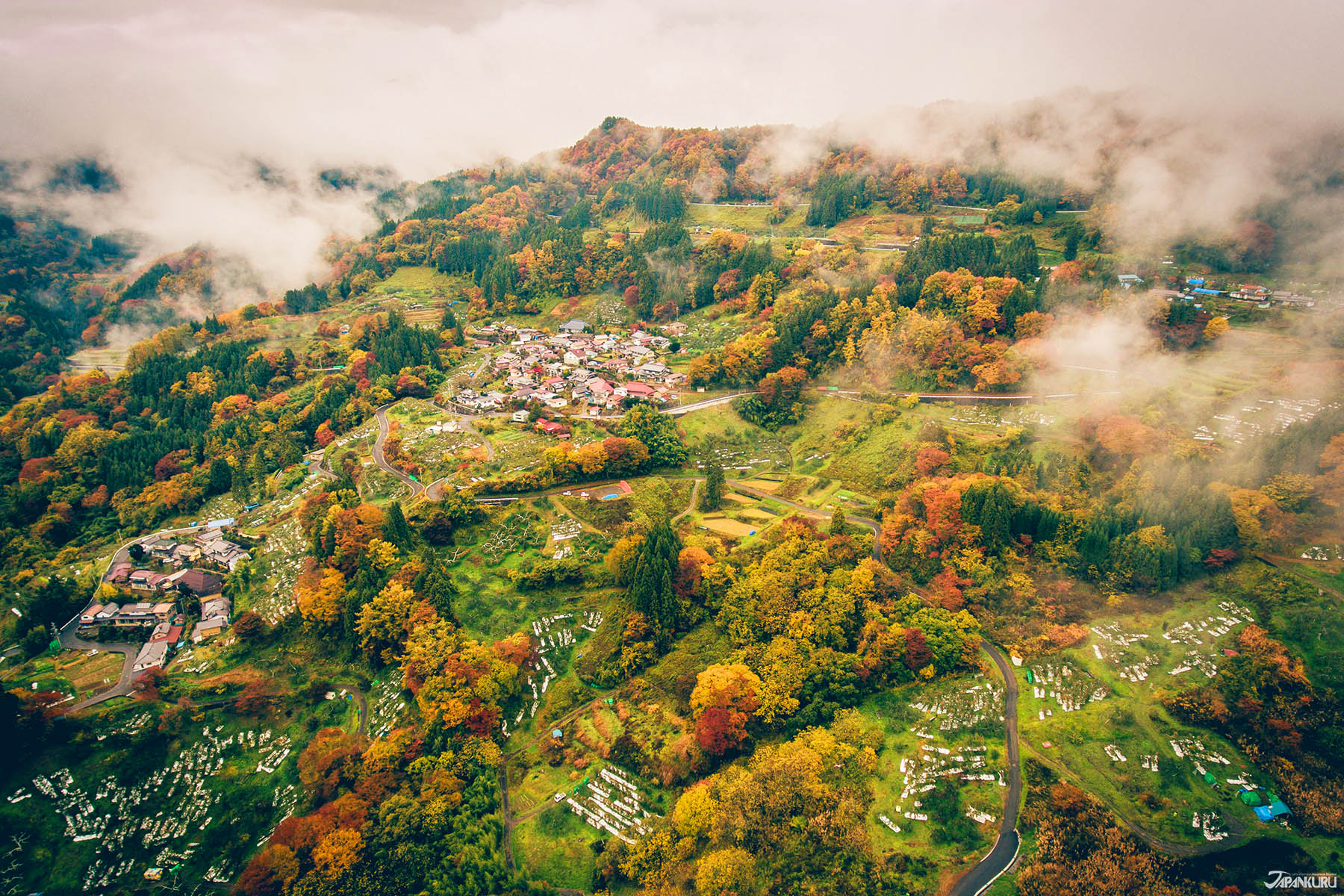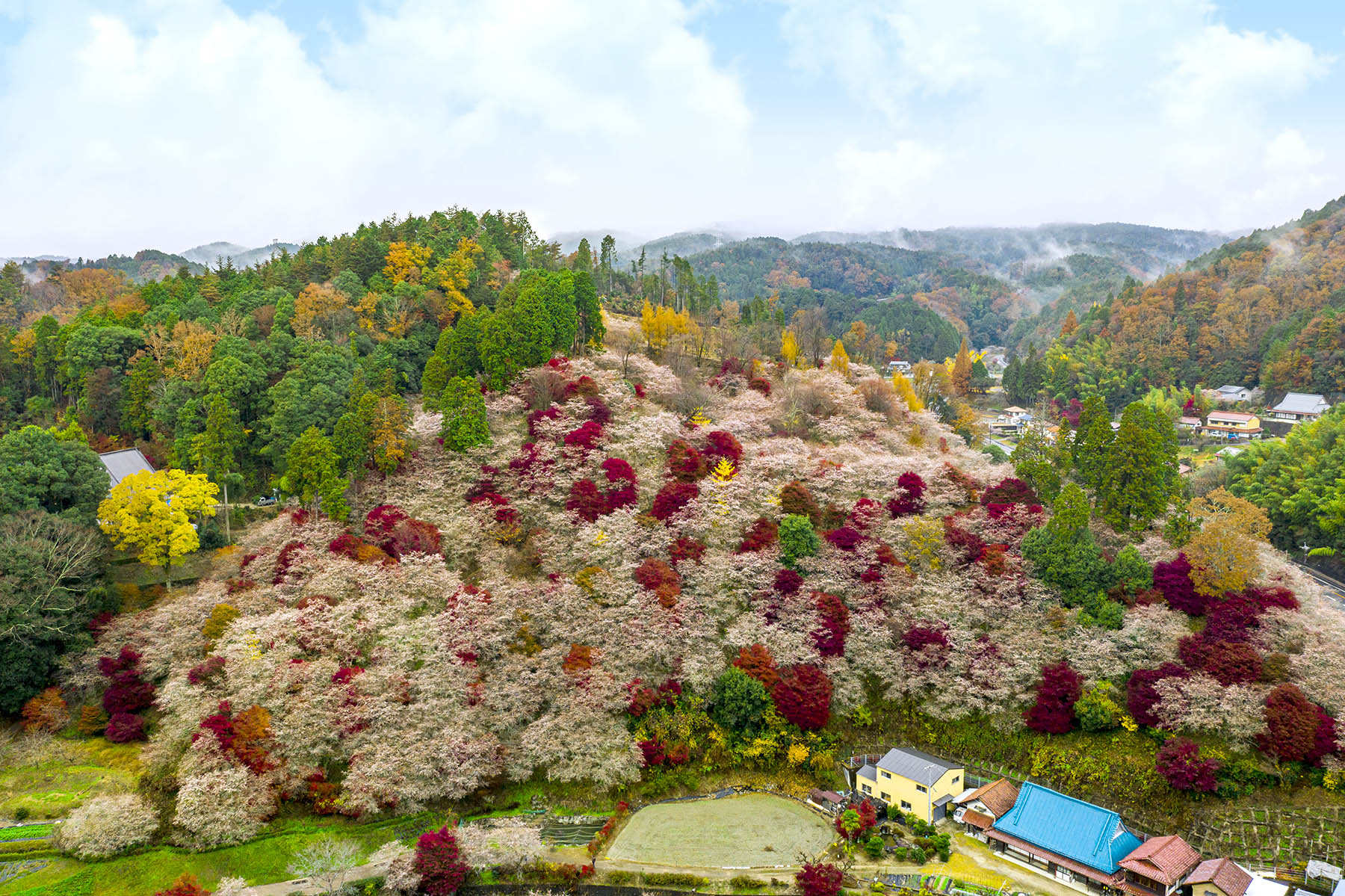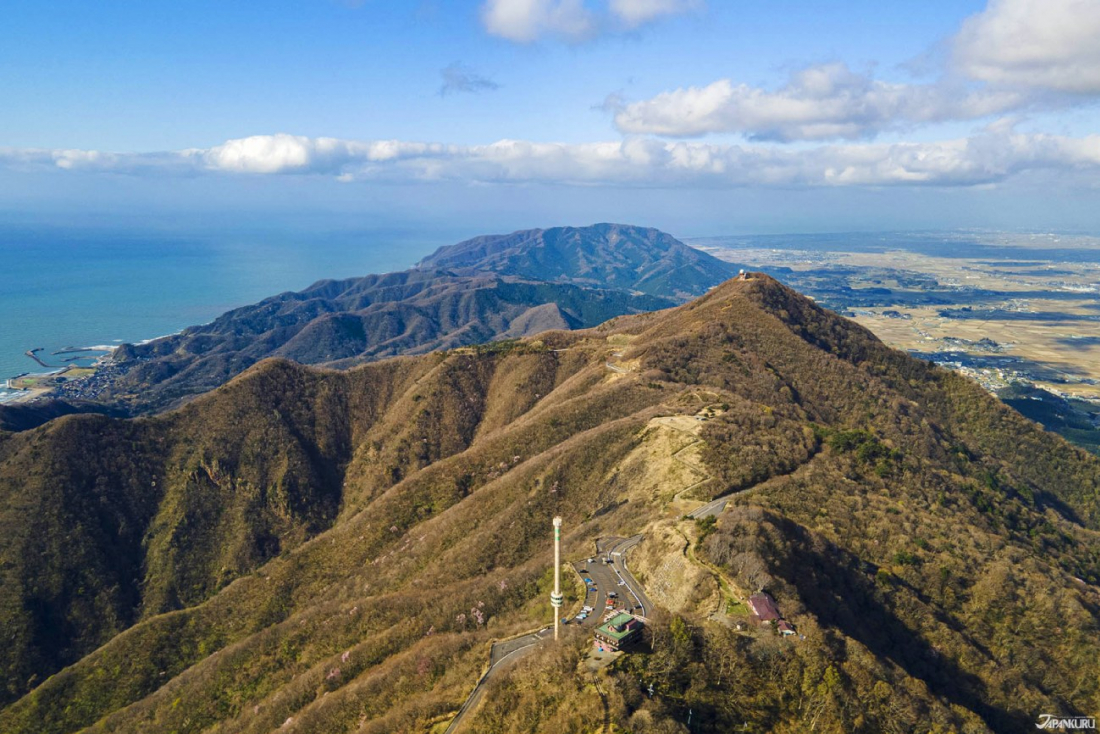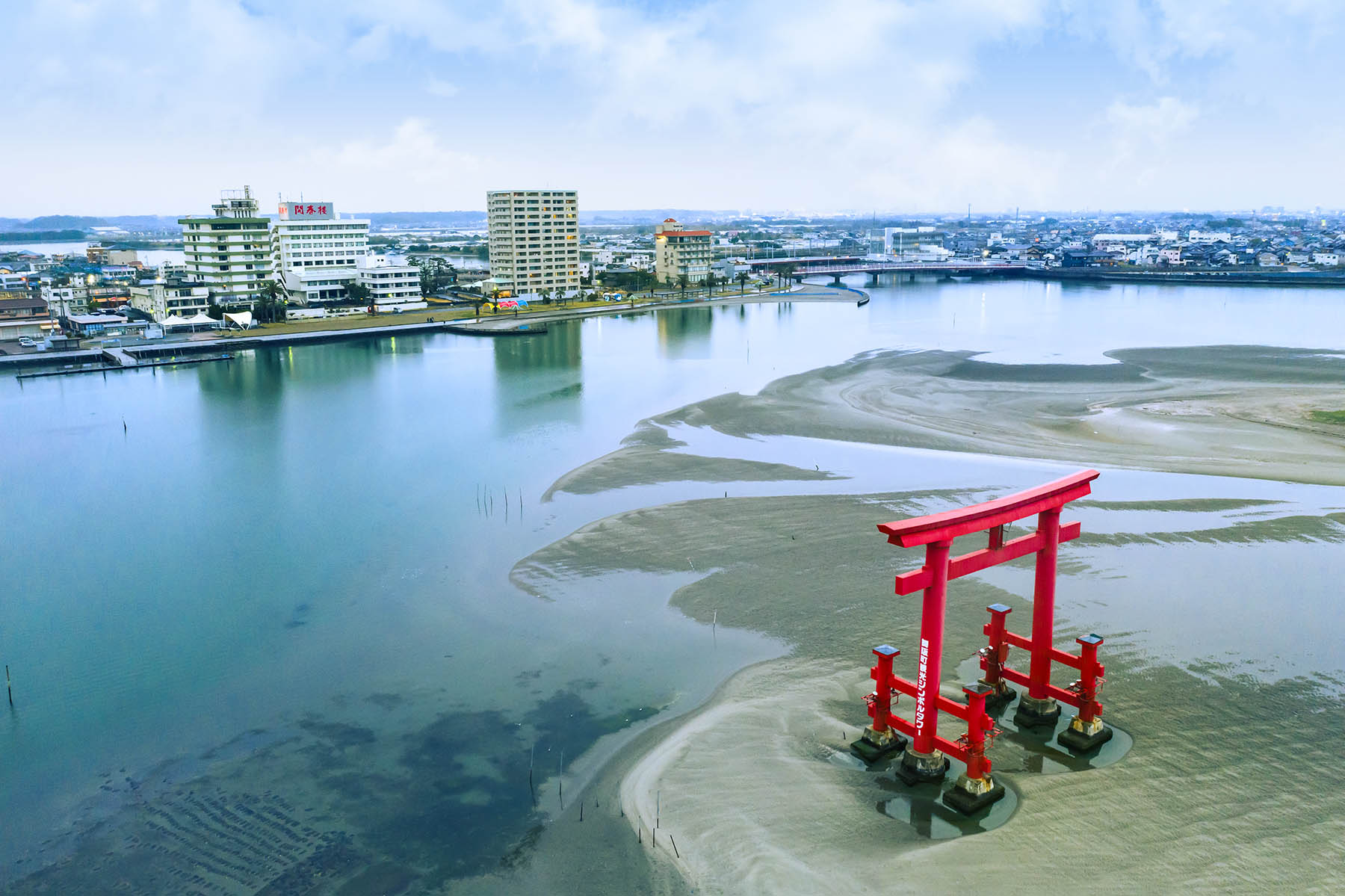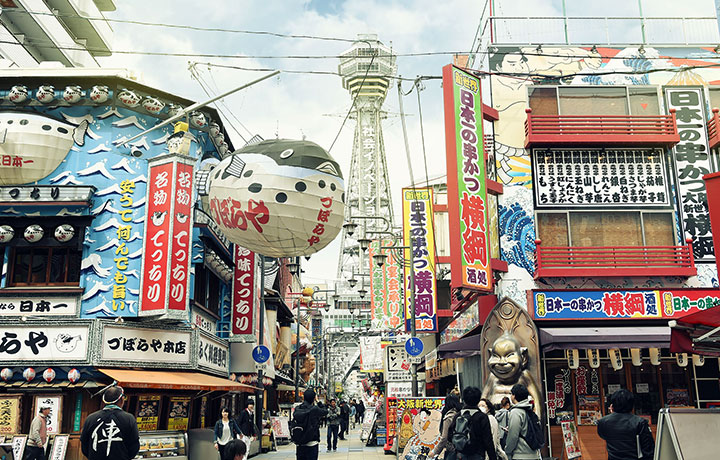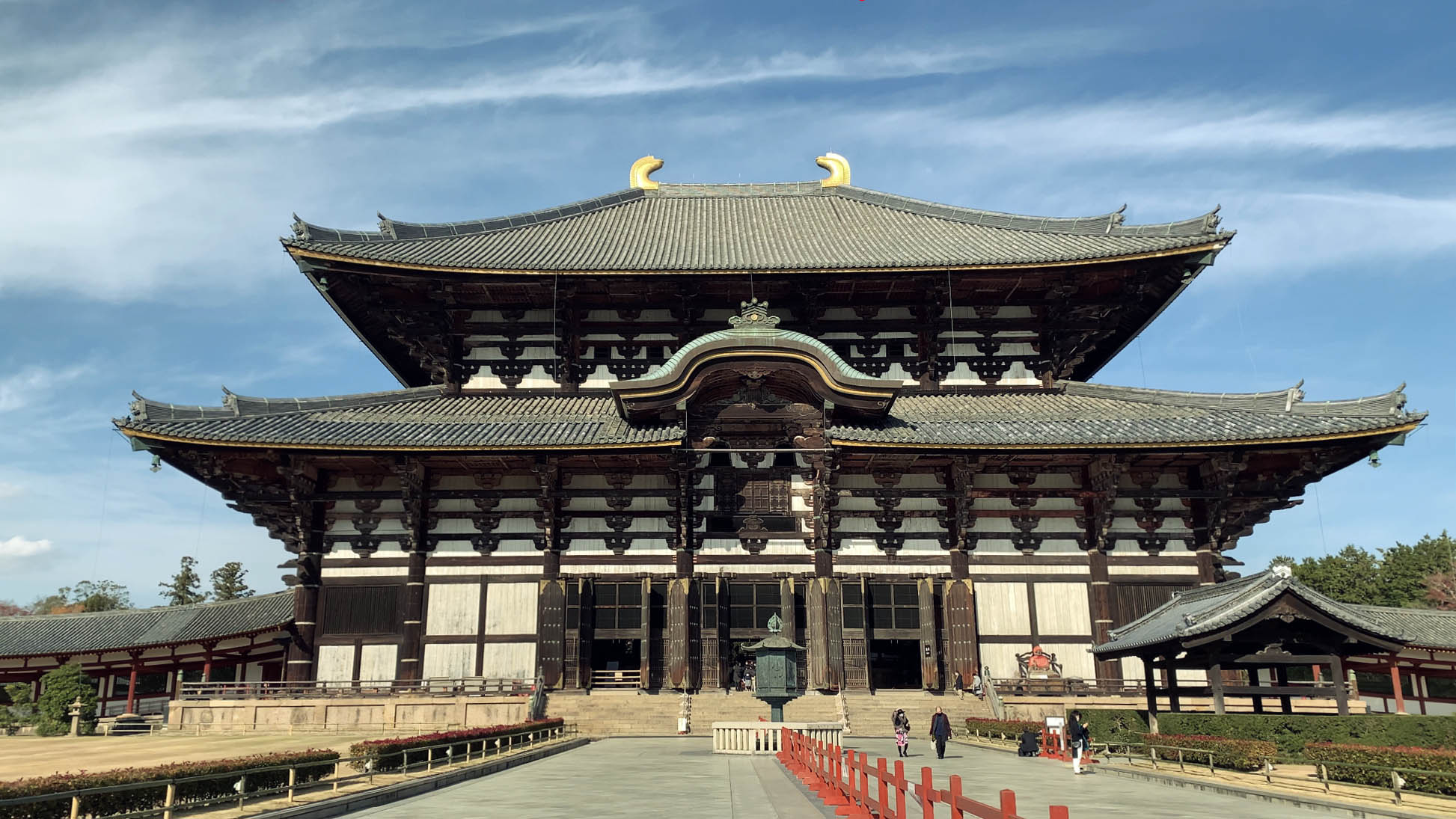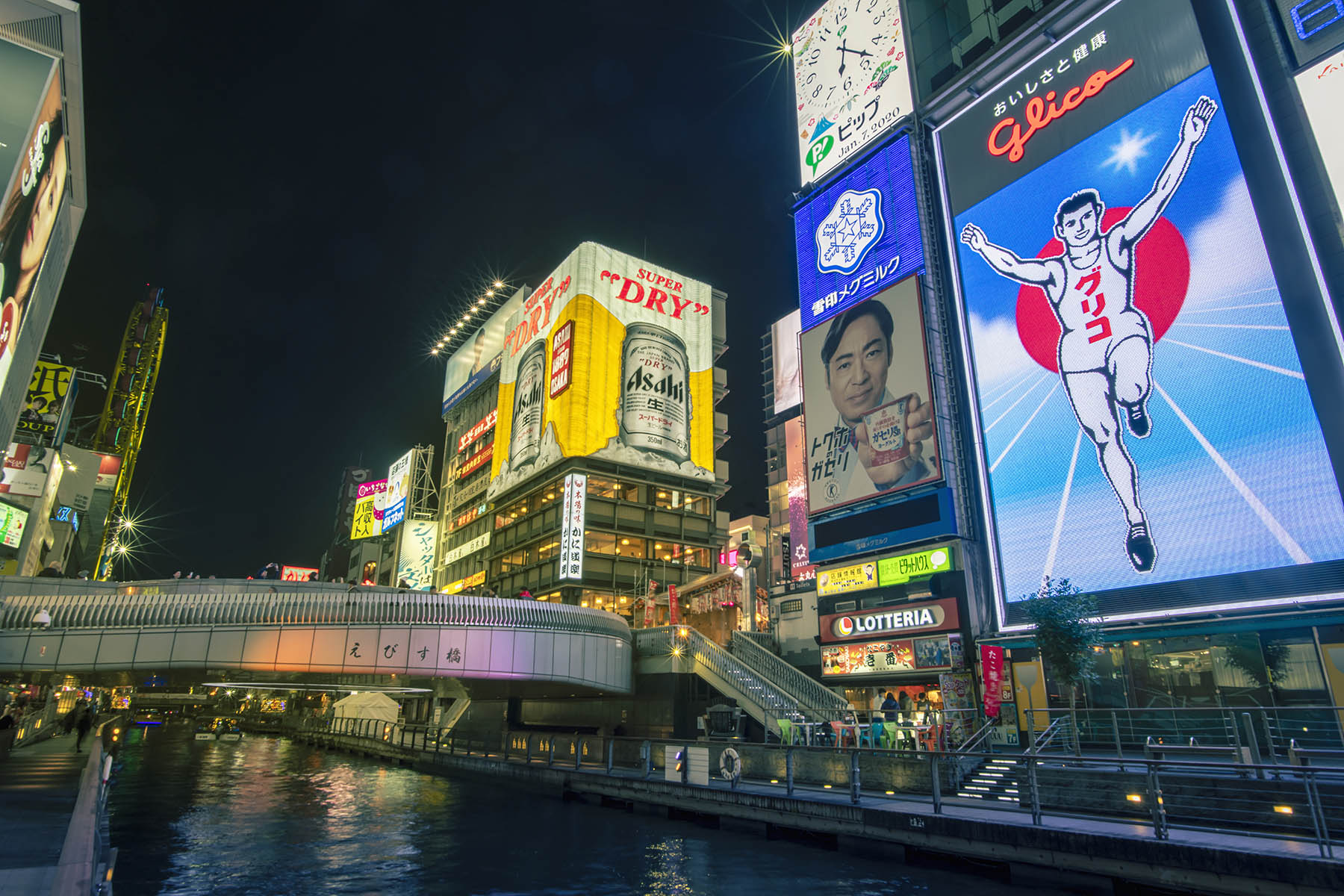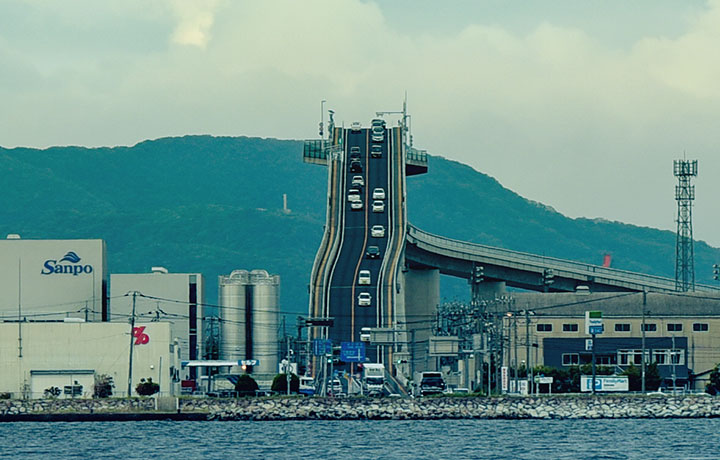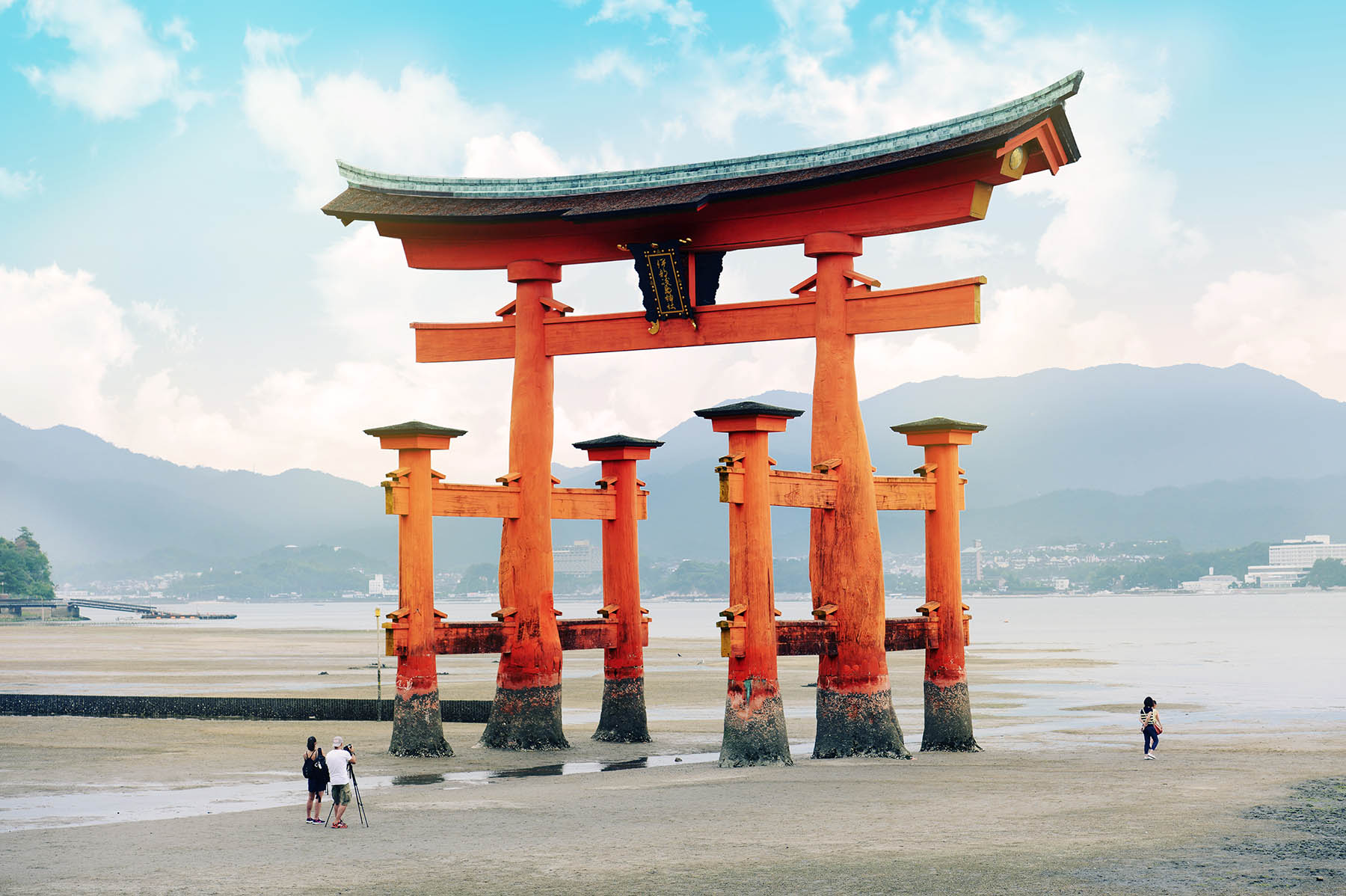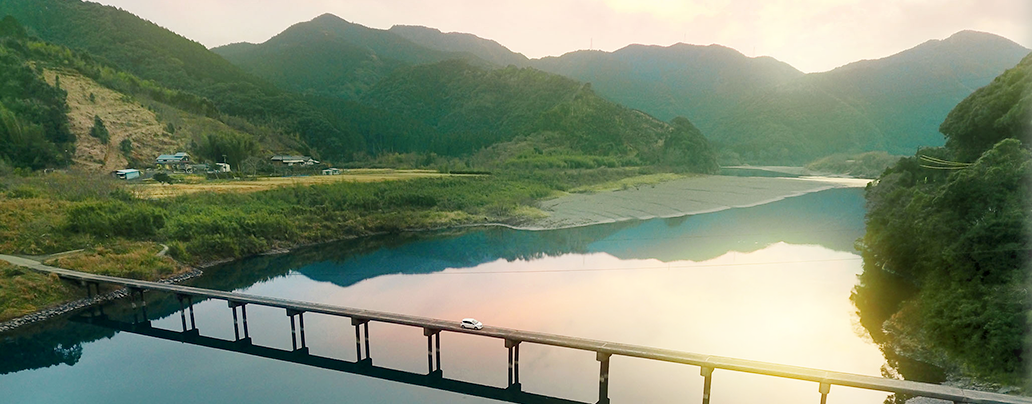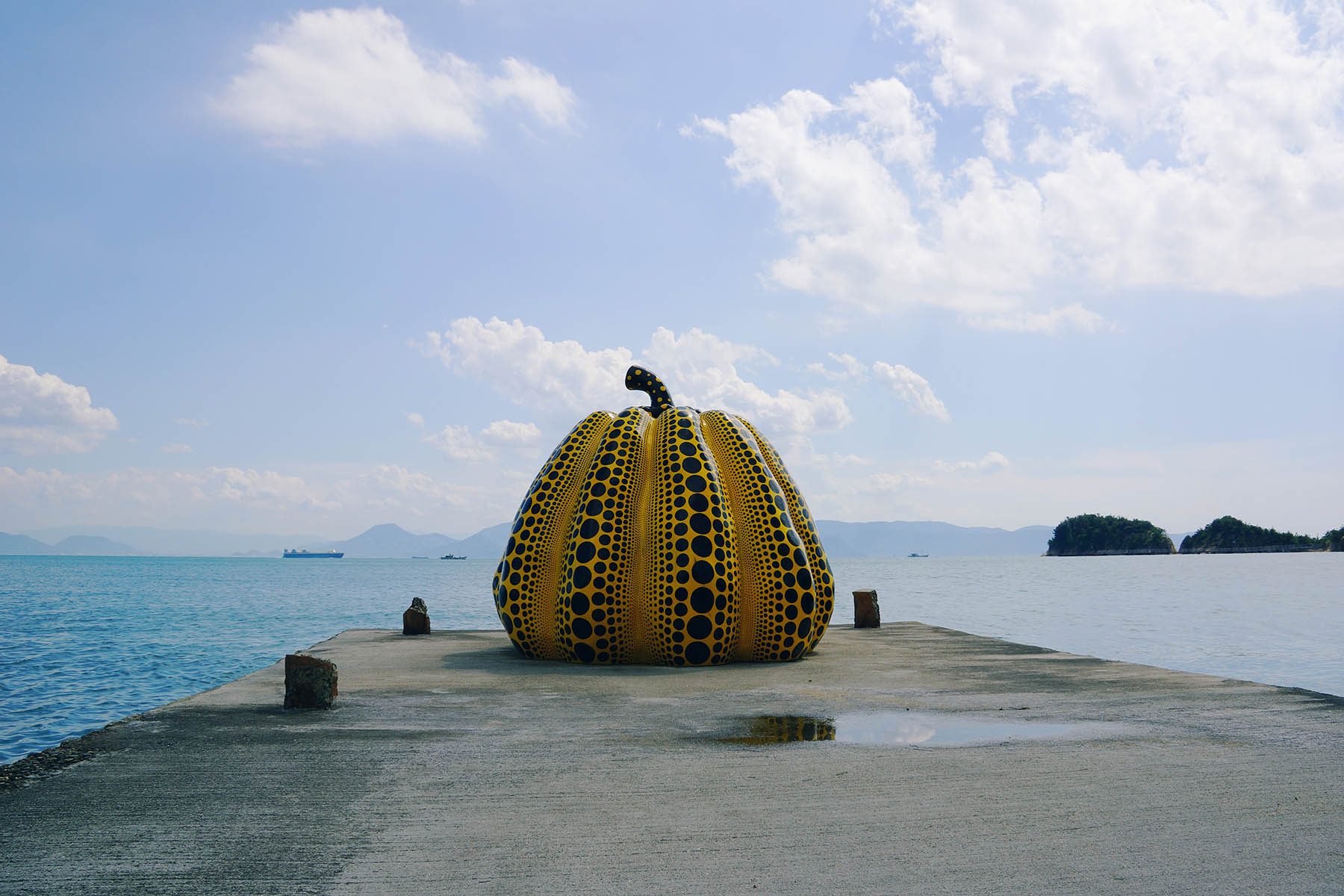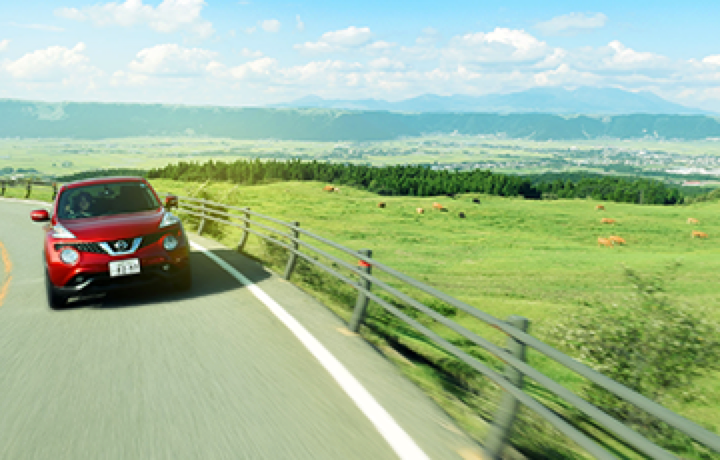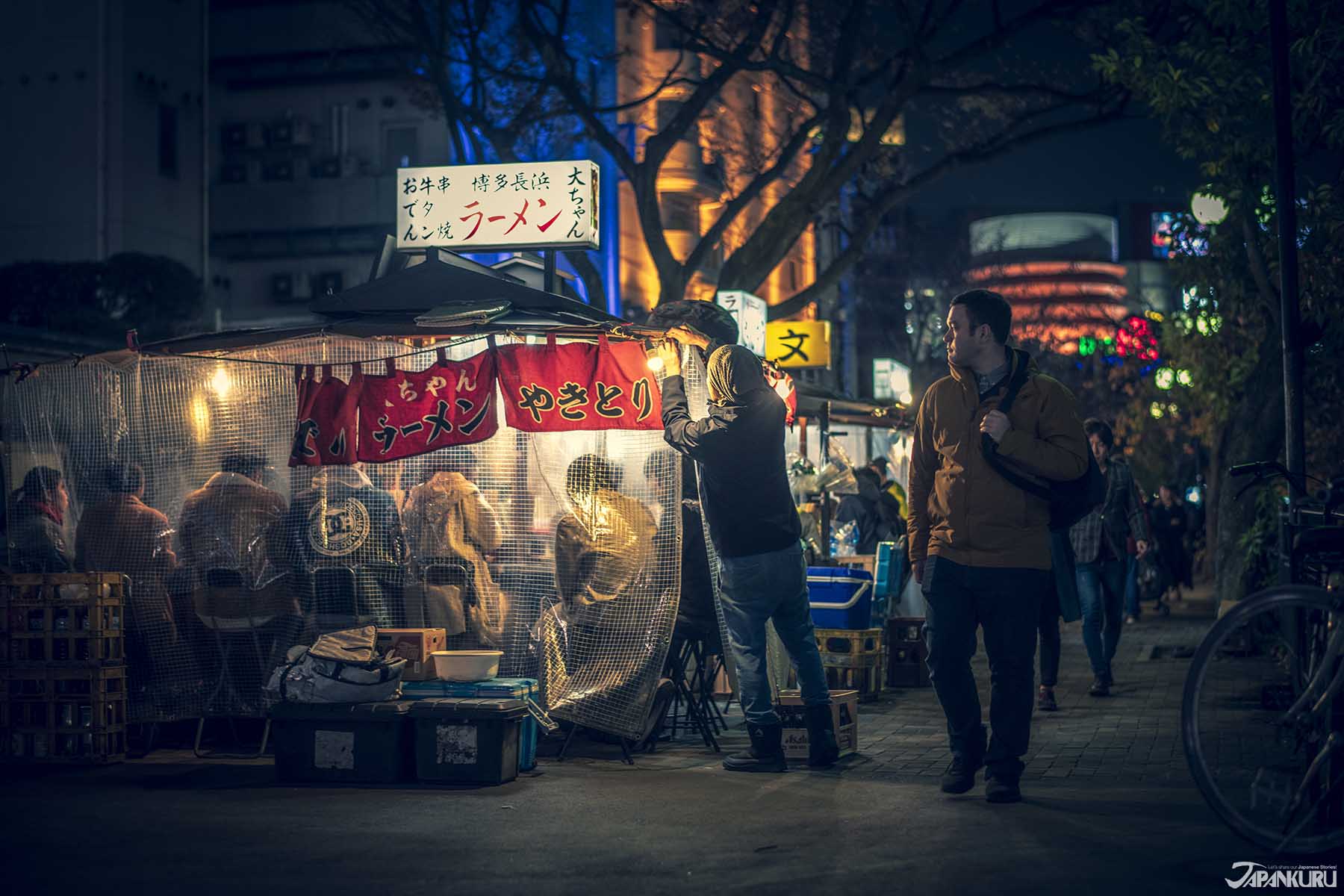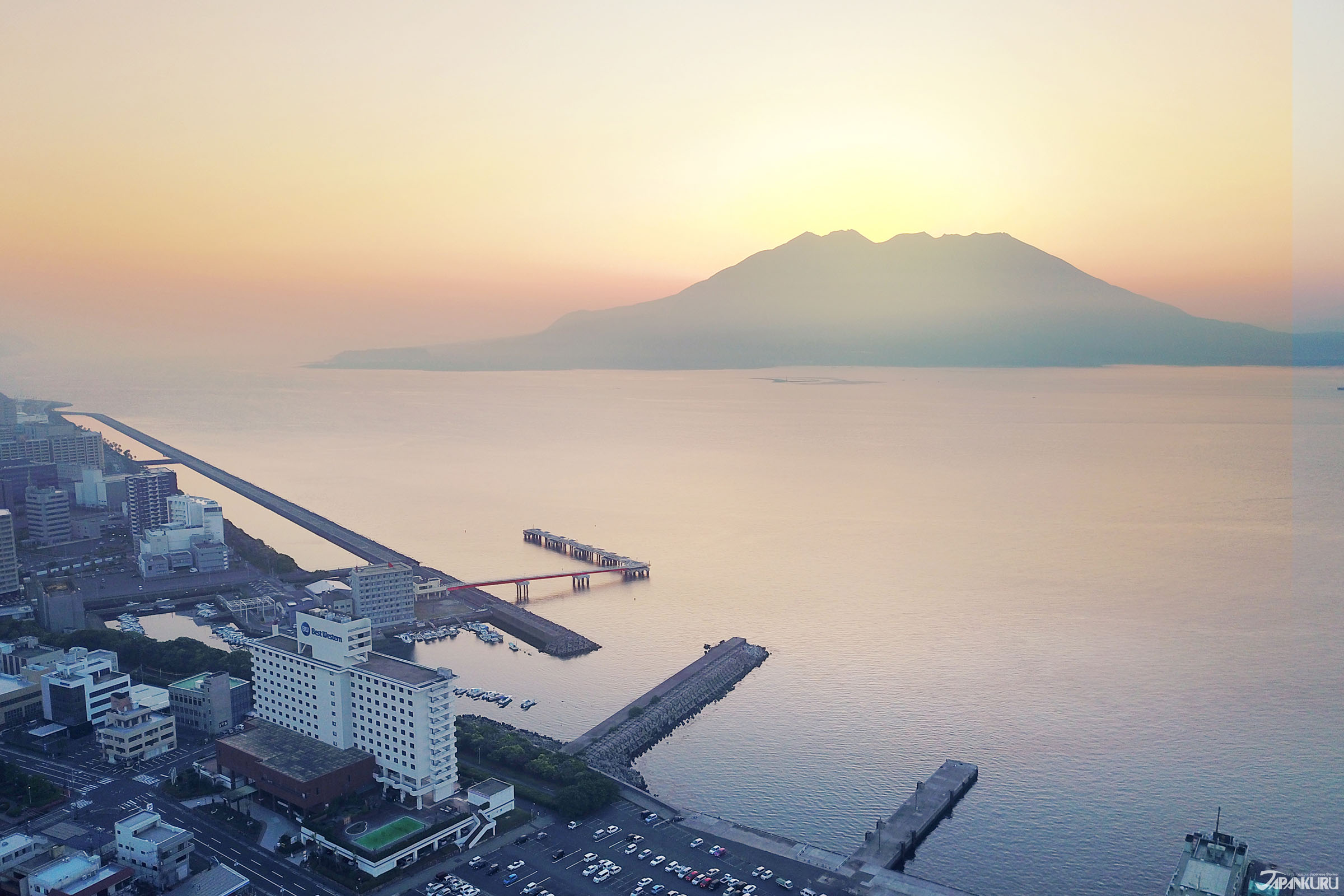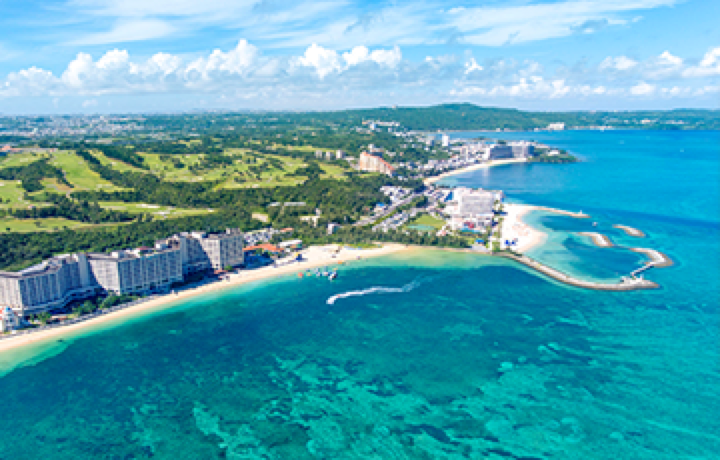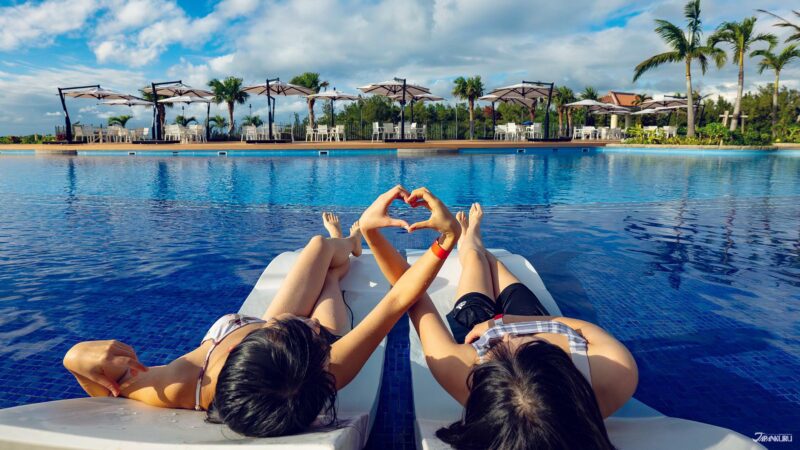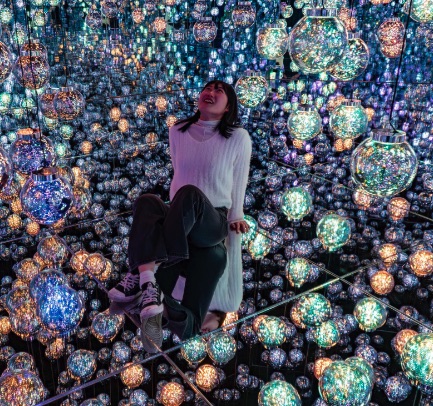CONTENTS
Ready to dive into Japanese bathing culture? First, find out where you’re going!
Japan’s Communal Baths
In Japan, a bath is about more than getting clean, and the country's many famed bathhouses are shared by locals and travelers alike. Japan's communal bath culture goes back thousands of years – there are mentions of certain bathing destinations discussed in Japan's oldest historical records – and to this day, the country is dotted with baths large and small, indoors and out, where people come together to relax in the steaming hot water. For the average visitor to Japan, the minute variations between the many baths around Japan might not seem all that important, but Japanese baths can generally be divided into two types: onsen (温泉) and sento (銭湯), and this difference might just play a part in your next bathtime decision!
Sento & Onsen ・ What’s the difference?
The major difference between onsen and sento is the water that flows into the tubs. In fact, while referring to a place as a "sento" doesn't tell you much about the water quality used at the bathhouse, the term "onsen" is actually restricted by Japanese law. That's because sento baths, though they may be luxurious, are generally filled with heated tap water, while an onsen is a natural hot spring.
Most onsen use modern plumbing of one sort or another to get the water into the baths, which means that once you're inside, sento and onsen can look exactly alike. But to qualify as an onsen, the water must come from an underground source, bubbling up as warm mineral water or even natural steam. In addition, it needs to meet at least one of two qualifications: either the onsen emerges from the ground naturally heated to at least 25°C (77°F), or the water contains a significant amount of natural additives from a designated list – including minerals, various ions, or even radon. Of course, most onsen qualify on both accounts, with water bursting from the earth luxuriously hot, full of natural additions that people will say can cure all sorts of ailments.
Onsen usually rely on the quality of the unaltered natural hot spring water to attract bathers, but sento, on the other hand, often spice things up by offering tubs with all kinds of unique additions. "Kusuri-yu" (薬湯) baths take advantage of Japan's kampo (漢方) medicine culture, which evolved from traditional Chinese medicine, and a variety of natural therapeutic ingredients are added to the water. Around the winter solstice, some bathhouses will even offer baths with yuzu fruit floating in the tubs, a traditional way to welcome the new season with a refreshing aroma.
The water used means that another common difference between your average onsen or sento is location. The islands of Japan were formed by a number of volcanic eruptions, and under the surface, the country is still alive with geothermal activity. That's what heats the water that flows through Japan's onsen bathhouses! But since hot springs depend on this natural underground activity, it means that onsen tend to be clustered out in the countryside, in and around Japan's many mountains (quite a few of which are still active volcanos). Hot springs in the middle of a big city aren't unheard of, but they're certainly not common, which is why "onsen vacations" are a popular form of domestic travel in Japan. People escape the big city and head to one onsen town or another, to relax in the natural baths and get away from it all. But for Japanese city-slickers looking for a quiet shared bath nearby, or travelers hoping for a taste of local culture, a sento is the way to go. Also called "yuya" (湯屋) and "furoya" (風呂屋) – literally hot water shops, or bath shops – sento bathhouses tend to be casual, small-scale affairs, steeped in neighborhood history. (Unless, of course, it's a "super-sento," which is much bigger kind of establishment with extra ammenities!)
See the Difference for Yourself
For a classic onsen experience, it doesn't get much more traditional than a hot spring that's been in use for more than 3,000 years! Dogo Onsen, located in Ehime Prefecture, is one of the oldest onsen resorts in use in Japan (alongside Shirahama Onsen in Wakayama Prefecture and Arima Onsen in Gunma Prefecture), and the hot spring's mythical healing powers have long made it a popular destination for people of all kinds. In Japan's Asuka and Heian periods (approximately the 6th~12th centuries), it was a favorite destination for Japan's imperial family, who came to soak away their royal worries. Nowadays, visitors can enjoy the very same natural hot spring waters in the Dogo Onsen Honkan bathhouse, a historical building dating back to the late 1800s. (Some say this bathhouse helped inspire the Studio Ghibli classic "Spirited Away"!)
Dogo Onsen Honkan (道後温泉本館)
5-6 Dogoyunomachi, Matsuyama, Ehime
Official Website (en)
Takara-yu Sento (タカラ湯)
27-1 Senju Motomachi, Adachi City, Tokyo
Hours: 15:00 – 23:30 (closed Fridays)
Official Website (jp)
Onsen or Sento?
From little local tubs surrounded by pink tile, to elegant outdoor pools lined with stone slabs and filled with gushing hot spring water, Japanese baths run the gamut. But with unique charms to be found at each one, what kind of Japanese bath will you visit first?
For more info and updates from Japan, check Japankuru for new articles, and don't forget to follow us on Twitter, Instagram, and Facebook!
Details
NAME:Japanese Baths
PROFILE
Follow us @Japankuru on Facebook, Instagram, and Twitter!
COMMENT
FEATURED MEDIA
VIEW MORE
・The new Tokyo flagship for Volcom Japan is a center for all things skateboarding, street fashion, art, and culture, all in the heart of Shibuya! ・Volcom日本旗艦店東京澀谷登場 本格派滑板街頭潮流藝文新據點 #Volcom #japankuru #shibuya #日本購物 #日本潮流 #日本街頭時尚 #澀谷 #東京購物 #東京購物推薦 #東京潮店 #澀谷潮店 #滑板 #雪板 #衝浪 #볼컴 #시부야

Which snacks make the best Japanese souvenirs?~ Jaga Pirika ~ 일본과자 선물 뭐하지?~자가피리카 편~ #pr #calbee #jagapokkuru #japanesesnacks #japanesefood #japanesesouvenir #japantravel #japantrip #naritaairport #hokkaido #나리타국제공항 #일본여행선물 #흔하지않은기념품 #일본쇼핑리스트 #일본과자추천 #고구마과자 #일본간식추천 #일본면세점쇼핑 #개별포장 #일본감자칩 #도쿄나리타공항면세점 #현지인추천 #일본여행 #일본기념품리스트 #자가포쿠루 #자가피리카

Asakusa's Sanja Matsuri, one of the biggest festivals in all of Tokyo, is almost here! Make sure you check out the festival route so you don't miss all the festivities this May. #asakusa #sanjafestival #sanjamatsuri #asakusashrine #sensoji #sensojitemple #japanesefestival #shintoshrine #japaneseculture #tokyo #tokyotrip #tokyotravel #asakusasightseeing #matsuri #japantrip #japantravel #springinjapan #tokyotravel #japankuru #산자마츠리 #아사쿠사 #일본마츠리 #일본여행 #일본5월

Odaiba's DiverCity Tokyo Plaza is home to the famous real-size 20m-tall Unicorn Gundam, and the popular shopping center has even more Gundam on the inside! Check out the Gundam Base Tokyo on the 7th floor for shelves upon shelves of Gunpla, and the Gundam Base Tokyo Annex on the 2nd floor for cool anime merchandise. Both shops have tons of limited-edition items! #pr #odaiba #tokyo #tokyotrip #japantrip #japantravel #PR #divercity #divercitytokyoplaza #tokyoshopping #gundam #unicorngundam #gundambasetokyo #anime #otaku #gunpla #japankuru #오다이바 #다이바시티도쿄 #오다이바건담 #건담 #일본건담 #건프라 #건담베이스도쿄

Evangelion, in miniature!? Tokyo's SMALL WORLDS Miniature Museum is actually a must-see for anime lovers, thanks to the tiny Evangelion Hangar and Tokyo-III... plus a whole universe of other scenes both real and fictional. #smallworlds #smallworldstokyo #tokyotrip #tokyotravel #evangelion #eva #anime #miniature #miniatures #animefigure #japantrip #japantravel #에반게리온 #스몰월드 #에반겔리온 #スモールワールズ #오다이바 #아리아케

Have you sat down for a snack at Sumida Aquarium yet? This aquarium next to Tokyo Skytree is known for its penguins and garden eels, but we can't get enough of their cute snacks! There are lots of good seats around the aquarium, too, so it almost feels like one big cafe. 🐧 • Find out more at Japankuru.com! (Link in bio.) • #japankuru #sumidaaquarium #skytree #tokyoskytree #solamachi #sumida #tokyo #tokyotrip #tokyotravel #aquarium #japanesesweets #themecafe #すみだ水族館 #Japan #日本 #일본 #Japon #ญี่ปุ่น #Japão #япония #japantravel #日本旅行 #日本旅遊 #japan_of_insta #japantrip #traveljapan #japan🇯🇵 #igerstokyo #explorejapan

For anime fans, the Evangelion areas at Small Worlds Miniature Museum are a must see! The tiny miniature people in the Evangelion Hangar look like ants beneath the moving Unit-01, Unit-00, and Unit-02! And over in Tokyo-III, characters like Shinji, Rei, and Katsuragi live life on a miniature scale. #odaiba #tokyo #tokyotrip #japantrip #japantravel #ariake #smallworlds #miniaturemuseum #smallworldstokyo #tokyotravel #evangelion #eva #anime #miniature #miniatures #animefigure #japankuru #스몰월드 #에반게리온 #오다이바 #오다이바관광 #오다이바스몰월드 #미니어쳐







